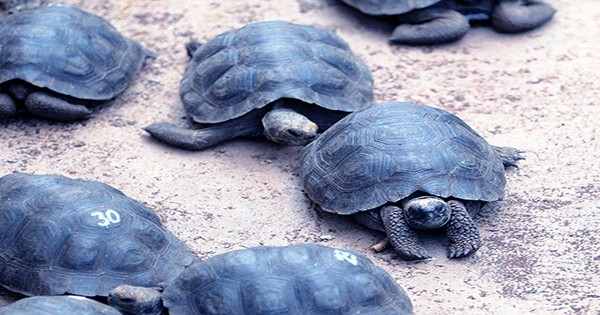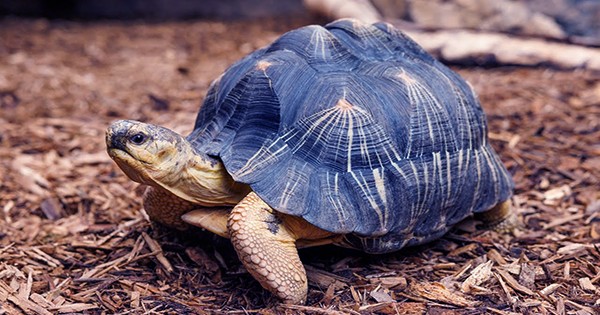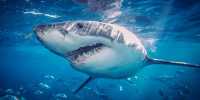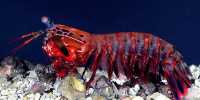An international research team led by Dr. Gabriel S. Ferreira of the Senckenberg Center for Human Evolution and Paleoenvironment at the University of Tübingen has discovered a new species of enormous turtle from the late Pleistocene.
Peltocephalus maturin is believed to be between 40,000 and 9,000 years old and originated in the Brazilian Amazon. With a shell length of about 180 centimeters, the species is one of the largest known freshwater turtles in the world. The armored reptile was called after the enormous turtle “Maturin,” a creature developed by best-selling author Stephen King.
With a maximum shell length of 140 centimeters, the Asian narrow-headed softshell turtle (Chitra chitra) and the about 110-centimeter-long South American river turtle (Podocnemis expansa) are among the largest freshwater turtles alive today.

“In the past, we only know of a few turtles living in fresh waters that had a shell length of more than 150 centimeters,” Dr. Ferreira said. “Such large animals are most recently known primarily from the Miocene, the period around 23 to 5 million years ago.”
Ferreira and an international team have unearthed a huge representative of this order of reptiles from the late Pleistocene epoch, around 40,000 to 9,000 years ago, and identified it as a new species. Gold miners from the “Taquaras” quarry in Porto Velho, Brazil, collected the fossil remnants, which were part of the turtle’s lower jaw.
Based on different traits, the research team believes it has a close kinship with the modern big-headed Amazon turtle (Peltocephalus dumerilianus) and eats an omnivorous diet. “We called the new species after Maturin, a huge turtle and overarching protagonist in Stephen King’s multiverse. Dr. Ferreira says that Maturin created the cosmos of King’s writings and films.
Dr. Ferreira comments on the turtle’s enormous size, saying, “This is very surprising because freshwater turtles—in contrast to their terrestrial and marine relatives—rarely have such gigantic forms, and the youngest giant fossils known to date come from Miocene deposits.” The discovery is the youngest known occurrence of giant freshwater turtles and shows that Peltocephalus Maturin coexisted with early human populations of the Amazon basin.
“People settled in the Amazon region approximately 12,600 years ago. We also know that since the Paleolithic, hominins have eaten giant tortoises. It is uncertain whether freshwater turtles, which are much more difficult to trap due to their agility, were also consumed by early humans, or whether Peltocephalus maturin, along with the South American megafauna, perished as a result of human expansion.
“Here we need more data from the Late Pleistocene and Early Holocene deposits of the Amazon Basin,” adds Ferreira, predicting future investigation.














